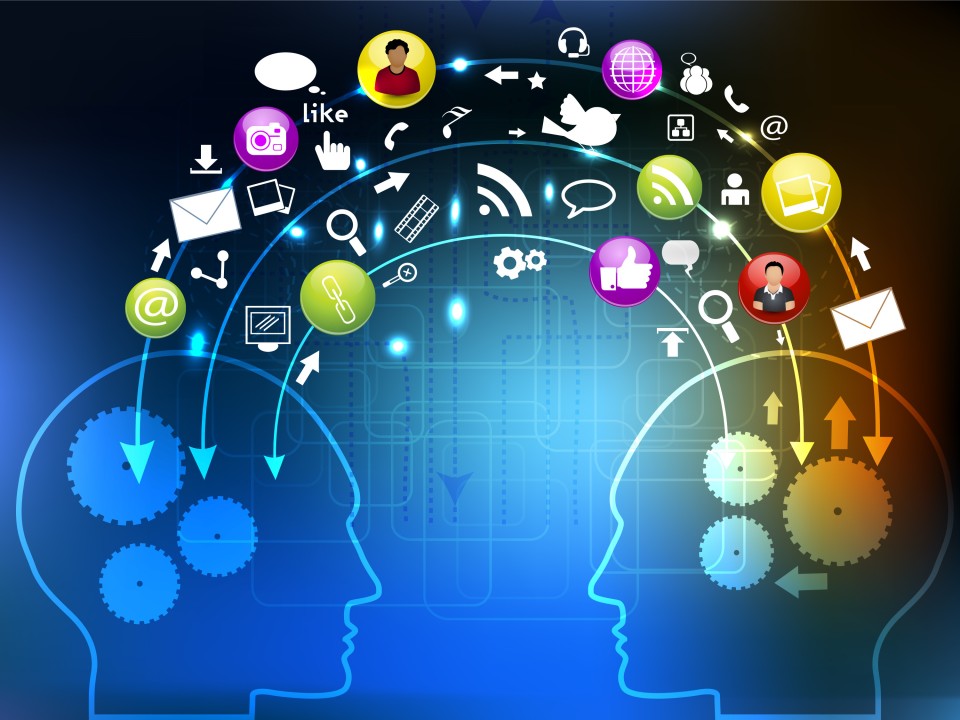
Effective communication in the workplace is crucial for productivity, collaboration, and a positive work environment. Miscommunication can lead to errors, frustration, and decreased morale. By adopting strategic communication hacks, employees and managers can improve clarity, efficiency, and teamwork. This article provides practical tips and techniques to enhance workplace communication and foster a collaborative atmosphere.
Understanding the Importance of Effective Communication
Clarity and Understanding
Clear communication ensures that messages are understood as intended, reducing the likelihood of misunderstandings and mistakes. It fosters a shared understanding of goals, tasks, and expectations among team members.
Improved Collaboration
Effective communication is the backbone of teamwork. It allows team members to share ideas, provide feedback, and coordinate efforts, leading to more innovative solutions and successful project outcomes.
Enhanced Employee Morale
When communication is open and transparent, employees feel valued and heard. This leads to increased job satisfaction, trust in leadership, and overall workplace morale.
Communication Hacks for the Workplace
1. Active Listening
Active listening involves fully concentrating on the speaker, understanding their message, and responding thoughtfully. It shows respect and helps build strong relationships. To practice active listening:
- Maintain eye contact and use body language to show attentiveness.
- Avoid interrupting and wait for the speaker to finish before responding.
- Summarize or paraphrase what the speaker has said to ensure understanding.
2. Use Clear and Concise Language
Using clear and concise language helps prevent misunderstandings and ensures that your message is easily understood. Tips for clear communication include:
- Avoid jargon and technical terms unless necessary.
- Use short sentences and straightforward vocabulary.
- Be specific and provide examples when needed.
3. Leverage Technology
Utilize technology to enhance communication, especially in remote or hybrid work environments. Effective tools include:
- Email and Instant Messaging: For quick updates and information sharing.
- Video Conferencing: For face-to-face interactions and meetings.
- Project Management Software: For tracking tasks, deadlines, and collaboration.
4. Provide Constructive Feedback
Constructive feedback helps employees grow and improve their performance. To give effective feedback:
- Be specific about what was done well and what needs improvement.
- Use “I” statements to express your perspective.
- Offer suggestions for improvement and support for development.
5. Foster an Open Communication Culture
Encourage an environment where employees feel comfortable sharing their ideas, concerns, and feedback. Strategies to foster open communication include:
- Holding regular team meetings and one-on-one check-ins.
- Creating anonymous feedback channels.
- Recognizing and rewarding open and honest communication.
6. Practice Empathy
Empathy in communication involves understanding and sharing the feelings of others. It helps build strong relationships and resolve conflicts. To practice empathy:
- Acknowledge and validate others’ emotions and perspectives.
- Show understanding and offer support when needed.
- Approach conversations with a non-judgmental attitude.
7. Use Visual Aids
Visual aids can enhance understanding and retention of information. Use visuals in presentations, reports, and meetings to clarify complex concepts. Effective visual aids include:
- Charts and graphs to represent data.
- Infographics to summarize information.
- Diagrams and flowcharts to illustrate processes.
8. Tailor Communication to Your Audience
Different audiences may require different communication styles and methods. Tailor your communication based on:
- The audience’s knowledge level and background.
- The formality of the setting.
- The medium of communication (email, meeting, presentation).
9. Set Clear Expectations
Setting clear expectations helps ensure that everyone is on the same page regarding goals, responsibilities, and deadlines. To set clear expectations:
- Clearly define roles and responsibilities.
- Communicate deadlines and milestones.
- Provide detailed instructions and guidelines.
10. Follow Up and Follow Through
Following up on conversations and commitments demonstrates reliability and ensures that tasks are completed. Tips for effective follow-up include:
- Summarizing key points and action items in writing.
- Setting reminders for follow-up actions.
- Regularly checking in on progress and providing updates.
Conclusion
Effective workplace communication is essential for a productive and harmonious work environment. By implementing these communication hacks—such as active listening, using clear language, leveraging technology, and fostering an open communication culture—employees and managers can improve understanding, collaboration, and overall workplace morale. Enhancing communication skills not only benefits individual performance but also contributes to the success of the entire organization.